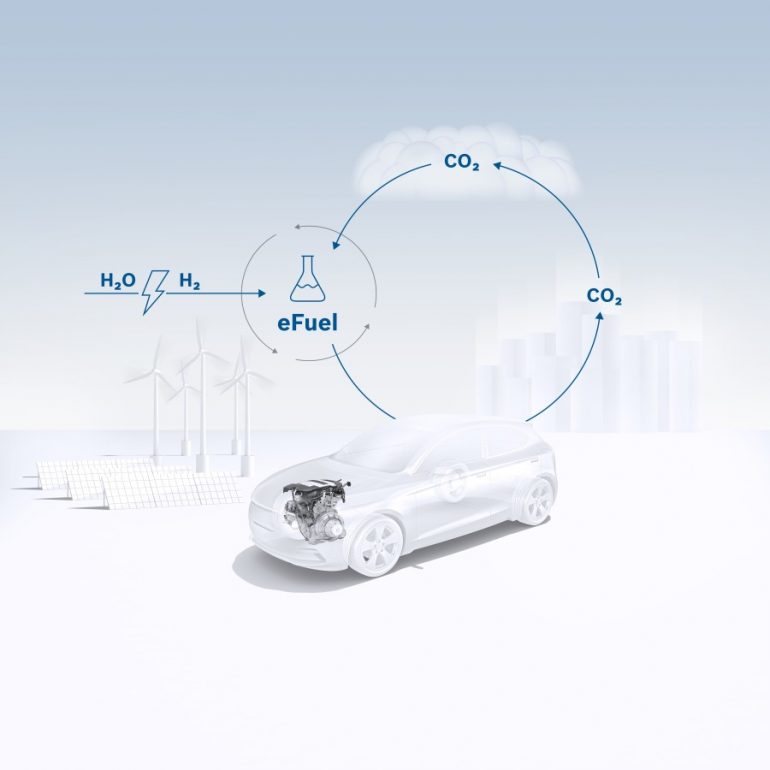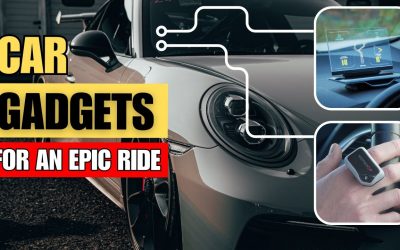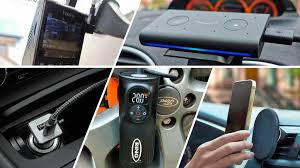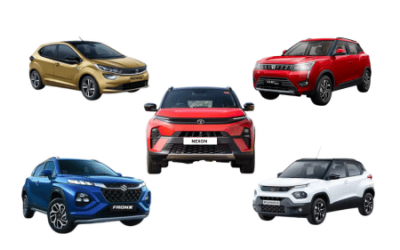The automotive industry is at a pivotal moment in its quest to address climate change, and carbon-neutral cars represent the cornerstone of this transformation. In 2023, the vision of achieving net-zero emissions in the lifecycle of vehicles is becoming more tangible as automakers, policymakers, and consumers rally behind this critical goal.
From production to end-of-life, carbon-neutral cars aim to eliminate or offset greenhouse gas emissions, offering a sustainable solution to the environmental challenges posed by traditional vehicles. Here’s how the industry is working toward this ambitious vision and what the future holds.
What Are Carbon-Neutral Cars?
A carbon-neutral car is one that achieves net-zero carbon emissions throughout its lifecycle. This includes:
- Manufacturing: Using renewable energy and sustainable materials.
- Operation: Running on renewable energy sources or clean fuels, with no emissions from use.
- End-of-Life: Recycling and repurposing materials to minimize waste and environmental impact.
- Offsets: Compensating for any residual emissions through carbon credits or offset programs.
Key Strategies for Carbon Neutrality
1. Electrification of Vehicles
The shift to electric vehicles (EVs) is a major step toward carbon neutrality.
- Renewable Energy Integration: EVs powered by solar, wind, or hydroelectricity emit no operational emissions.
- Battery Technology: Advances in battery efficiency and recyclability are addressing concerns about resource extraction and disposal.
2. Green Manufacturing
Sustainable production practices are critical for reducing the carbon footprint of vehicles.
- Renewable-Powered Factories: Automakers are transitioning to 100% renewable energy in their production facilities.
- Sustainable Materials: Recycled steel, aluminum, and bioplastics are replacing traditional materials in vehicle manufacturing.
- Water Conservation: Processes that minimize water use and prevent pollution are becoming standard.
3. Alternative Fuels
For vehicles where electrification is challenging, alternative fuels are bridging the gap.
- Hydrogen Fuel Cells: Produce only water as a byproduct, offering a clean energy solution.
- Synthetic Fuels: Created using captured carbon dioxide and renewable energy, these fuels mimic traditional gasoline without adding net emissions.
- Biofuels: Derived from organic matter, they are a renewable alternative to fossil fuels.
4. Carbon Offset Programs
Automakers are investing in projects that balance out unavoidable emissions.
- Afforestation Projects: Planting trees to absorb CO2.
- Renewable Energy Projects: Funding wind, solar, and hydroelectric installations.
- Carbon Sequestration: Investing in technologies that capture and store carbon dioxide.
Carbon-Neutral Initiatives by Automakers
1. Commitments to Net Zero
Many automakers have pledged to achieve carbon neutrality by mid-century or sooner.
- Volvo: Aims for a climate-neutral manufacturing process by 2040.
- Tesla: Focuses on renewable energy for EV production and operations.
- Toyota: Investing heavily in hydrogen fuel cells and eco-friendly practices.
2. Sustainable Supply Chains
Companies are scrutinizing every step of their supply chains to minimize emissions.
- Ethical Sourcing: Ensuring raw materials like lithium and cobalt are mined responsibly.
- Circular Economy: Recycling parts and materials to reduce dependency on new resources.
Challenges in Achieving Carbon Neutrality
While the vision of carbon-neutral cars is inspiring, significant challenges remain:
- Energy Transition: The need for widespread adoption of renewable energy to power vehicles and production facilities.
- Battery Supply Chain: Ethical and environmental concerns surrounding raw material extraction.
- Infrastructure Gaps: Limited availability of charging stations and hydrogen refueling networks.
- Cost Barriers: Green technologies often come with higher initial costs, limiting accessibility for some consumers.
The Role of Policymakers and Consumers
Policy Support
Governments play a crucial role in fostering carbon neutrality.
- Incentives: Tax breaks and subsidies for EVs and renewable energy adoption.
- Emissions Standards: Strict regulations to phase out internal combustion engines.
- Infrastructure Investment: Funding for EV chargers, hydrogen stations, and green manufacturing hubs.
Consumer Demand
Public awareness and demand for sustainable options are driving automakers to innovate.
- Eco-Conscious Buyers: A growing segment of consumers prioritize environmental impact when purchasing vehicles.
- Shared Mobility Models: Ride-sharing and car subscription services reduce the overall carbon footprint of transportation.
Looking Ahead: The Future of Carbon-Neutral Cars
The road to carbon neutrality is a long one, but progress in 2023 is encouraging. Here are some trends shaping the future:
- Battery Innovations: Solid-state batteries promise to revolutionize EV efficiency and sustainability.
- Renewable Energy Synergy: Integrating vehicles with renewable energy grids for charging and vehicle-to-grid (V2G) applications.
- AI-Driven Optimization: Using AI to optimize energy use and minimize emissions during vehicle operation and production.
- Global Collaboration: Partnerships between automakers, governments, and tech companies to accelerate progress.
Conclusion
Carbon-neutral cars are more than just a goal—they are a necessity in the fight against climate change. In 2023 and beyond, the automotive industry is making bold strides to align with global sustainability goals, embracing electrification, alternative fuels, and green manufacturing.
While challenges remain, the vision of a carbon-neutral future is achievable with continued innovation, policy support, and consumer participation. Together, these efforts are driving the world toward a cleaner, greener transportation landscape—one where carbon-neutral cars are not just the exception but the norm.
0




